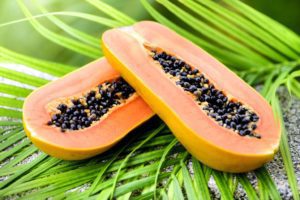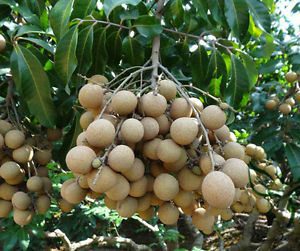 Hawaii is one of the most beautiful, tropical places in the world with agriculture flourishing on all of its islands. As usual with a thriving agriculture community, Hawaii is home to a robust range of wildlife and pests.
Hawaii is one of the most beautiful, tropical places in the world with agriculture flourishing on all of its islands. As usual with a thriving agriculture community, Hawaii is home to a robust range of wildlife and pests.
Irradiation is used in Hawaii to allow the island state to safely export its high quality agriculture items to both the U.S. mainland and foreign countries where the island’s native pests are an issue for the importer’s ecosystem. Irradiated crops are 100% safe for humans and animals to consume and when treated, minimize the introduction of pests, insects, and microorganisms into the U.S. Mainland. Four different types of fruit flies as well as slugs and beetles are a few unique pests which can be detrimental to sensitive ecosystems such as California’s.
Hawaii currently irradiates a number of crops it exports, including papaya, mangoes, sweet potato,

Longan fruit growing.
bananas, dragon fruit, and longan, a small circular fruit grown by the tree of the same name. These products grown in Hawaii are known in the produce industry to be of superior quality by all standards. Irradiation is relatively as time-consuming as other pest control techniques, clocking in at 12-24 hours depending on volume, and is around the same cost as alternative industry tools like fumigation. Additionally, the irradiation process does not leave trace radiation on the food and adds shelf life to product.
Irradiation rivals another alternative method of pest control; fumigation with methyl bromide. “Irradiation is an accepted treatment to control fruit flies in 10 fruits and five vegetables. Whereas development of heat, cold, and fumigation treatments involves generating data for each fruit-pest combination, irradiation treatments are developed for a pest species irrespective of commodity. This is possible because most commodities can tolerate irradiation at doses that kill the pest, whereas developing heat and cold treatments, for example, involves finding the balance between killing the pest and minimizing the adverse effects of the process on commodity quality. Irradiation is the ideal technology for developing ‘‘generic’’ treatments because it is effective against most insects and mites at dose levels that do not affect commodities such as sweet potato that historically have been treated with fumigation. Fumigation historically has adversely affected root quality of commodities like sweet potato and has continued to rise in cost,” Explains Peter Folleett of the USDA-ARS research center in Hilo, HI.
For more information about produce exports out of Hawaii or any other commodity, feel free to reach out to any of our CFI experts who are to serve and educate.



